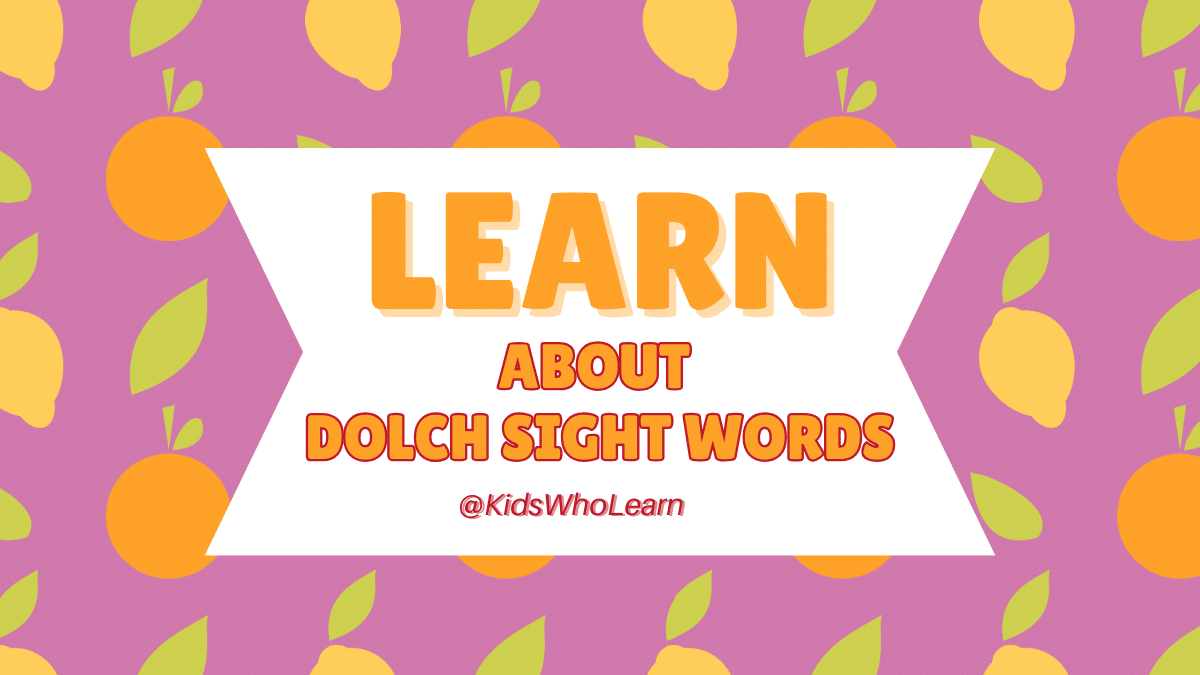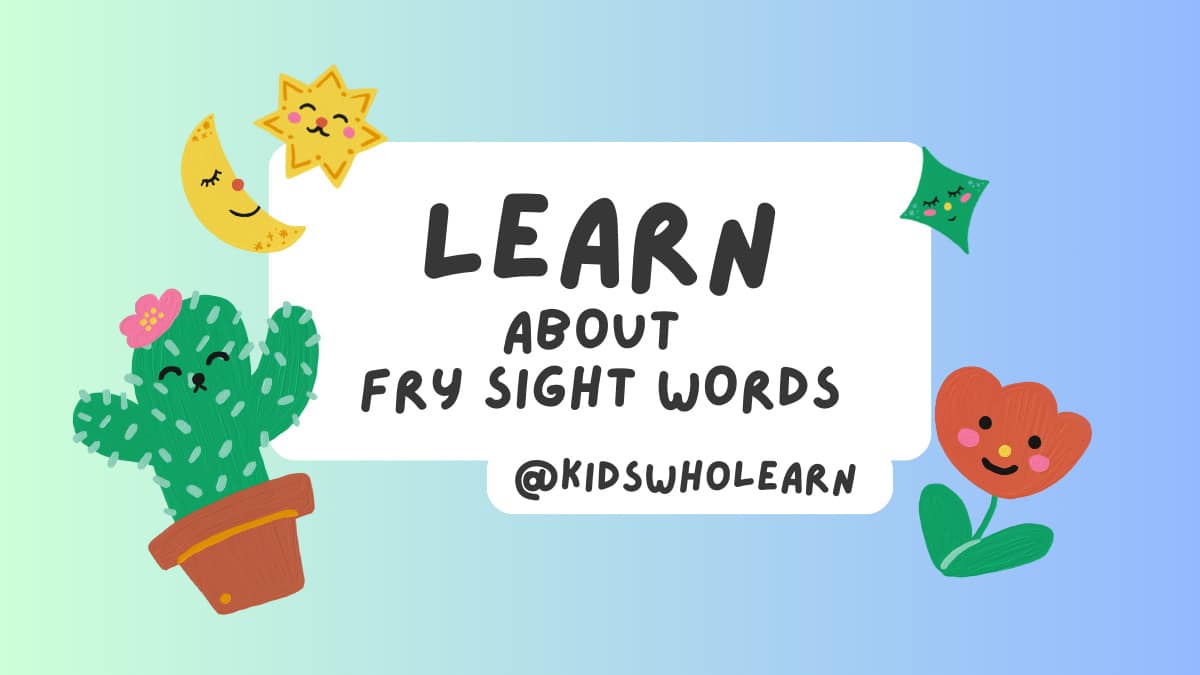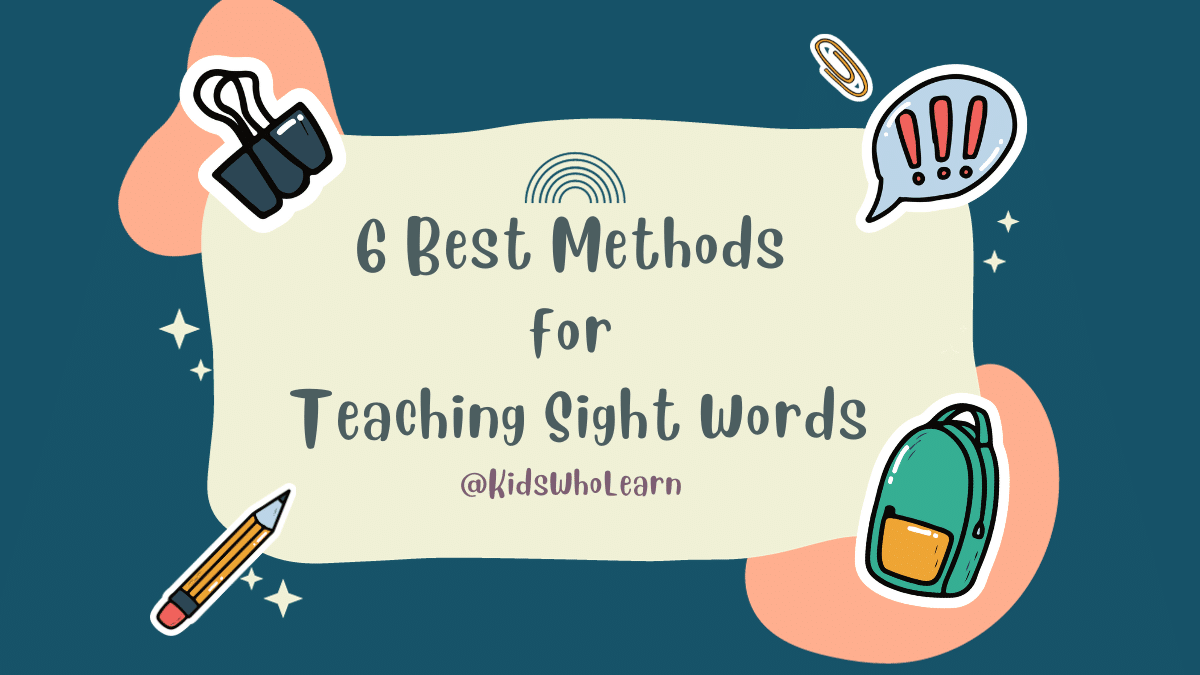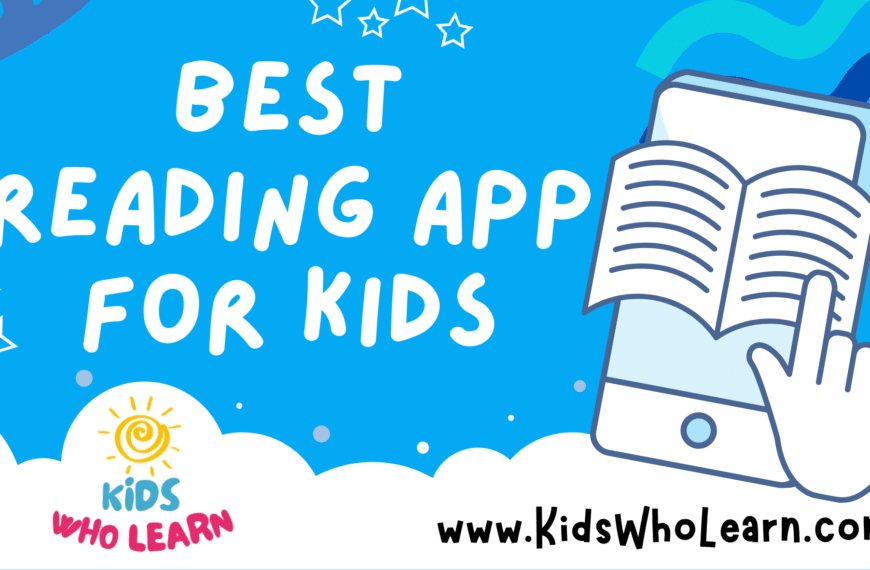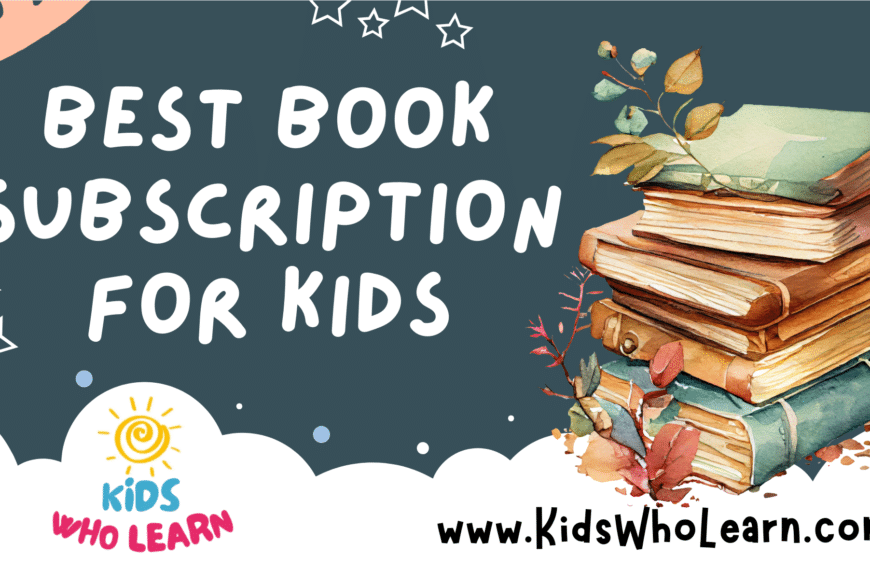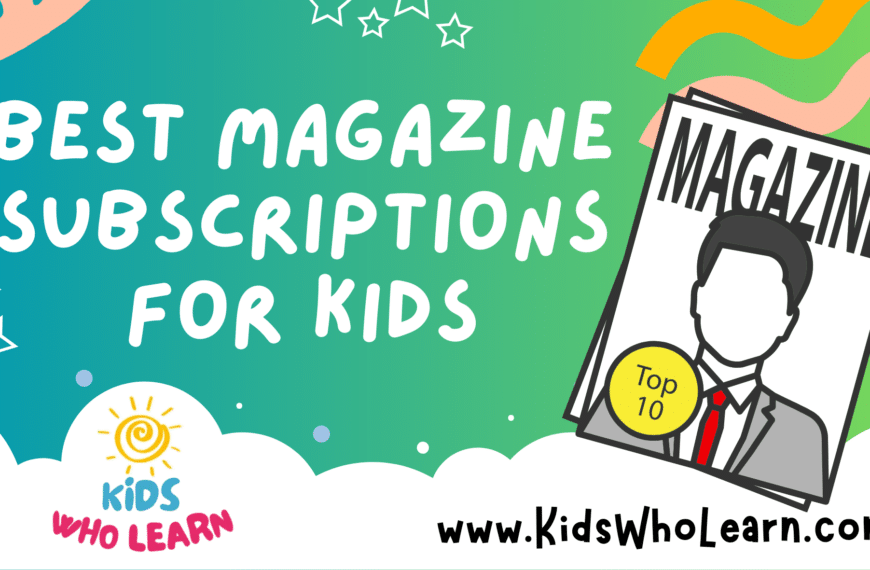
Learning to read is an essential milestone for children, and mastering basic sight vocabulary is an important step to achieving reading fluency.
Elementary school teachers have long relied on lists of service words, also known as sight words or common words, to teach children to recognize and read these high-frequency words.
Among these lists, the Dolch word lists have been a popular and effective tool for teaching reading since the 1930s.
Developed by educator Edward William Dolch, these lists provide a comprehensive set of words, known as the Dolch Sight Words List, that young readers need to recognize by sight to become proficient readers.
What Are Dolch Sight Words?
Dolch sight words are a list of the most commonly used words in the English language that are essential for early readers to recognize without needing to sound them out.
Dolch developed the list in the 1930s and 1940s based on his research on words that frequently appeared in children’s books.
The Dolch sight words list is divided into two categories:
- the Pre-Primer List and
- the Primer List
The pre-primer list contains 40 of the most common sight words, while the primer list contains an additional 52 words.
These words are often difficult to decode because they may not follow regular phonetic rules, so early readers need to memorize them to achieve reading fluency.
Some examples of Dolch sight words include: a, and, away, big, blue, can, come, down, find, for, funny, go, help, here, I, in, is, it, jump, little, look, make, me, my, not, one, play, red, run, said, see, the, three, to, two, up, we, where, yellow, you.
How Are Dolch Sight Words Different Than Fry Sight Words?
Dolch words and Fry words are both lists of high-frequency words that are commonly used in the English language, but they differ in a few ways.
The Dolch sight word list was developed by Edward William Dolch in the 1930s and 1940s, while Dr. Edward Fry developed the Fry sights word list in the 1990s.
Secondly, the Dolch sight word list is divided into two categories: the pre-primer list and the primer list, while the Fry sight words list is divided into ten levels, each with 100 words.
Thirdly, the Dolch sight word list contains 220 words, while the Fry sight word list contains 1000 words.
Finally, the Dolch sight word list includes more nouns and fewer verbs than the Fry sight word list.
Despite these differences, both lists aim to provide early readers with a foundation of high-frequency words that they can recognize quickly and accurately, helping to improve their reading and comprehension.
Both Dolch and Fry words are commonly used in early reading instruction and can be helpful tools for parents and teachers to support children’s literacy development.
Dolch Sight Word List
Pre-K Dolch Sight Word Lists (40 words)
- a, and, away, big, blue, can, come, down, find, for, funny, go, help, here, I, in, is, it, jump,
- little, look, make, me, my, not, one, play, red, run, said, see
- the, three, to, two, up, we, where, yellow, you
Kindergarten Dolch Sight Word Lists (52 words)
- all, am, are, at, ate, be, black, brown, but, came, did, do, eat, four, get, good, have, he, into, like
- must, new, no, now, on, our, out, please, pretty, ran, ride, saw, say, she, so, soon,
- that, there, they, this, too, under, want, was, well, went, what, white, who, will, with, yes
First Grade Dolch Sight Word Lists (41 words)
- after, again, an, any, as, ask, by, could, every, fly, from, give, going, had, has, her, him, his, how
- just, know, let, live, may, of, old, once, open, over, put, round, some, stop
- take, thank, them, then, think, walk, were, when
Second Grade Dolch Sight Word Lists (46 words)
- always, around, because, been, before, best, both, buy, call, cold, does, don’t, fast, first, five, found
- gave, goes, green, its, made, many, off, or, pull, read, right, sing, sit, sleep, tell, their, these, those
- upon, us, use, very, wash, which, why, wish, work, would, write, your
Third Grade Dolch Sight Word Lists (41 words)
- about, better, bring, carry, clean, cut, done, draw, drink, eight, fall, far, full, got, grow
- hold, hot, hurt, if, keep, kind, laugh, light, long, much, myself, never, only, own
- pick, seven, shall, show, six, small, start, ten, today, together, try, warm
Noun Dolch Sight Word Lists (95 words)
- apple, baby, back, ball, bear, bed, bell, bird, birthday, boat, box, boy, bread, brother
- cake, car, cat, chair, chicken, children, Christmas, coat, corn, cow
- day, dog, doll, door, duck, egg, eye, farm, farmer, father, feet, fire, fish, floor, flower,
- game, garden, girl, goodbye, grass, ground, hand, head, hill, home, horse, house
- kitty, leg, letter, man, men, milk, money, morning, mother, name, nest, night, paper, party, picture, pig, rabbit, rain, ring, robin
- Santa Claus, school, seed, sheep, shoe, sister, snow, song, squirrel, stick, street, sun
- table, thing, time, top, toy, tree, watch, water, way, wind, window, wood
How Do You Use a Dolch Word List?
The Dolch word list is a valuable resource for teaching basic sight vocabulary to young readers.
Here, you can find ways to use the Dolch word list to support reading instruction:
Start with the pre-primer list:
Begin with the pre-primer list, which contains 40 basic words typically taught to kindergarten and first-grade students. Use flashcards or other visual aids to help students learn to recognize and read each word.
Move on to the primer list.
Once students have mastered the pre-primer list, move on to the primer list, which contains 52 words that are typically taught to first and second-grade students. Again, use visual aids to help students learn and recognize each word.
Use the Dolch list for third grade.
For third-grade students, use the Dolch list of 220 words, including more complex vocabulary commonly used in children’s literature.
Integrate sight words into reading instruction.
As students learn new sight words, integrate them into reading instruction by having students read short sentences that include the new words.
Practice, practice, practice
Regular practice is crucial in helping students learn and retain sight words. Encourage students to practice reading sight words regularly, using flashcards, games, or other interactive activities.
Monitor progress
Keep track of student’s progress and provide extra support and practice for students struggling to learn and recognize sight words.

